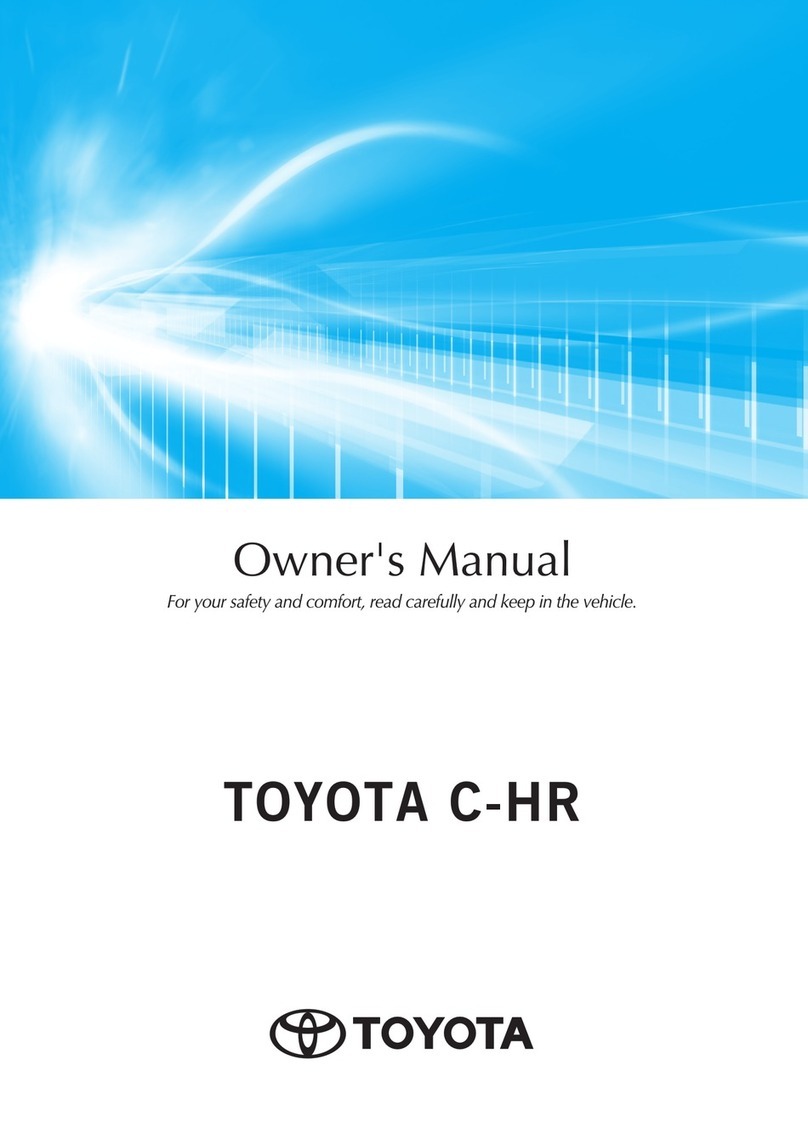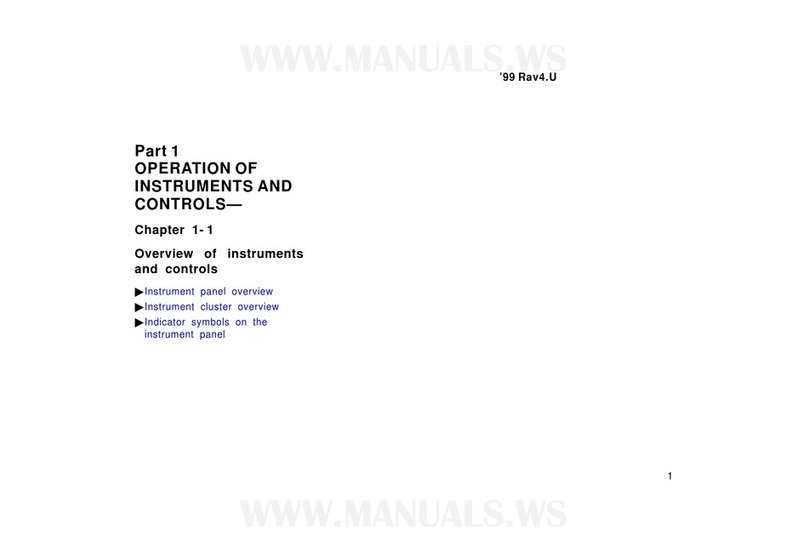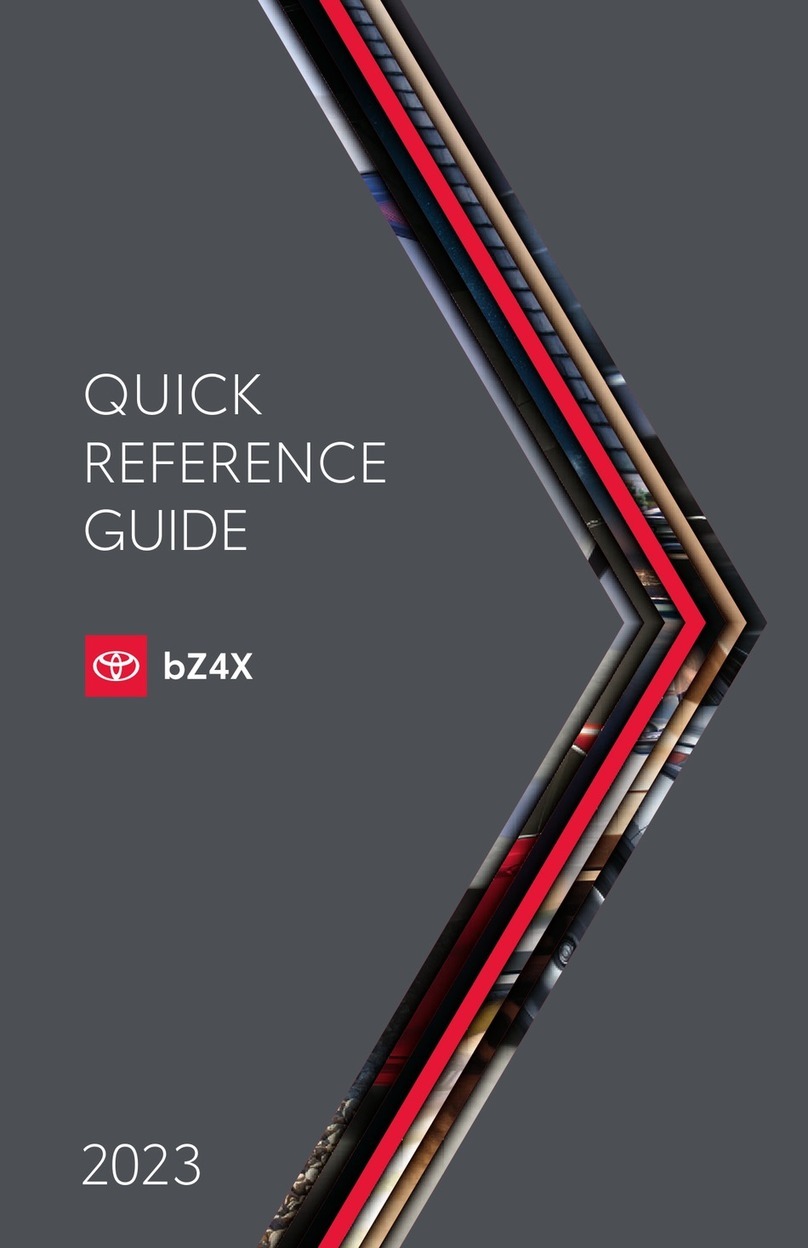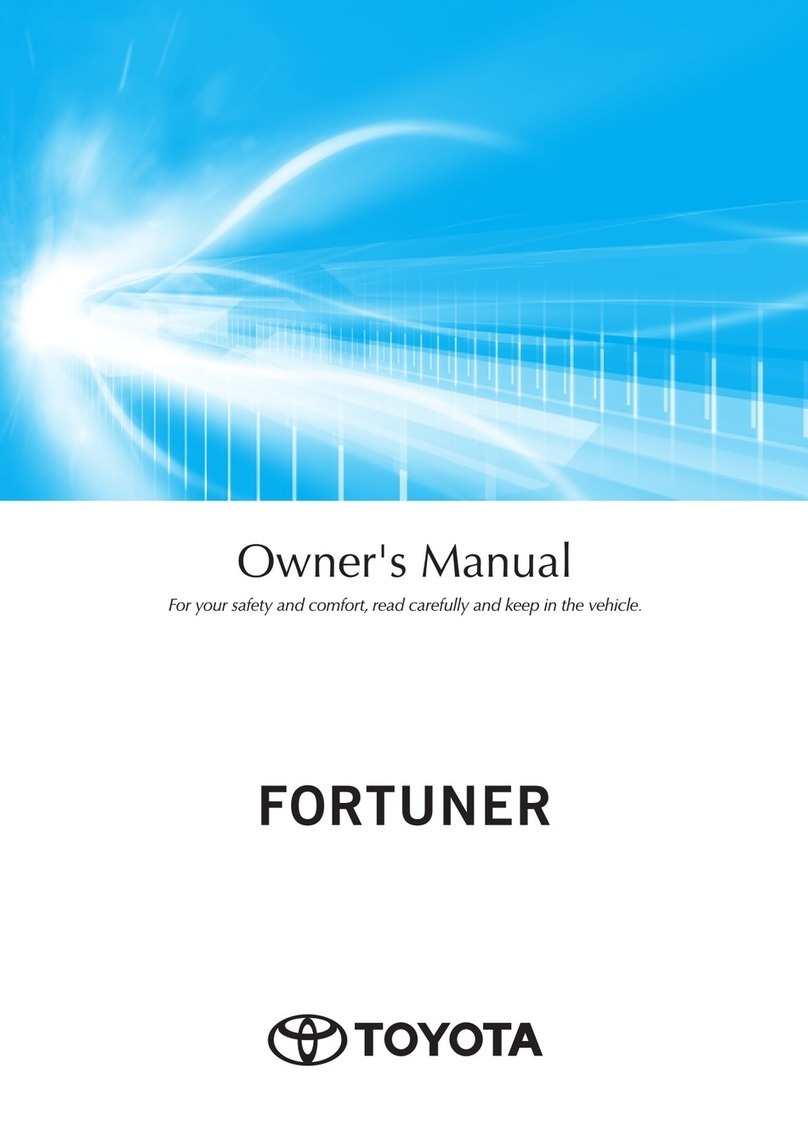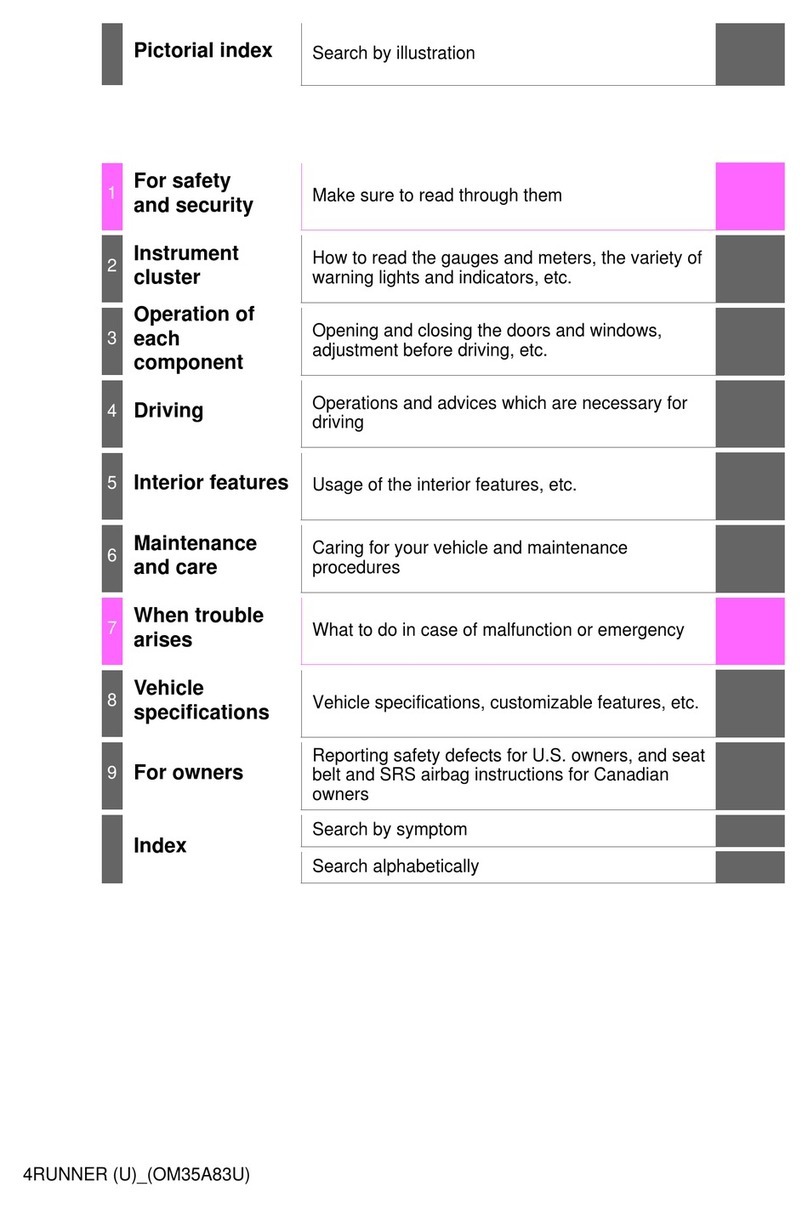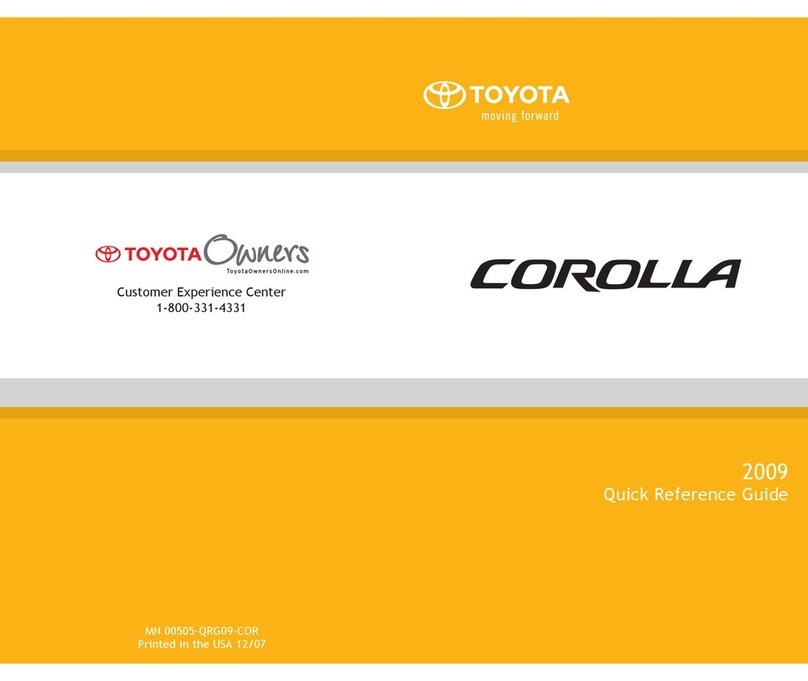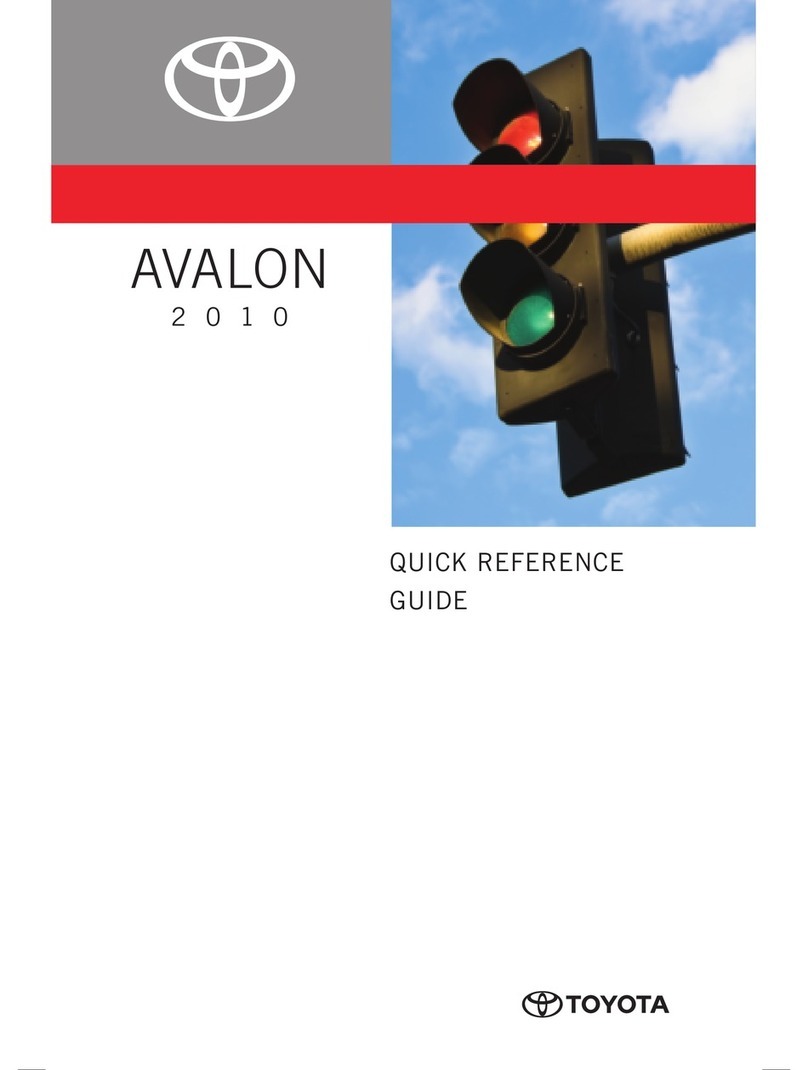
A83545
B76060
DO NOT WEAR
D32047
01–10 –INTRODUCTION 2004 Prius – Preliminary Release (RM1075U)
10Author: Date:
2004 Prius – Preliminary Release (RM1075U)
2. PRECAUTIONS FOR HIGH–VOLTAGE CIRCUIT IN-
SPECTION AND SERVICE
(a) Engineer must undergo special training to be able to per-
form high–voltage system inspection and servicing.
(b) All high–voltage wire harness connectors are colored
orange. The HV battery and other high–voltage compo-
nents have ”High Voltage” caution labels. Do not care-
lessly touch these wires and components.
(c) Before inspecting or servicing the high–voltage system,
be sure to follow safety measures, such as wearing insu-
lated gloves and removing the service plug to prevent
electrocution. Carry the removed service plug in your
pocket to prevent other technicians from reinstalling it
while you are servicing the vehicle.
(d) After removing the service plug, wait 5 minutes before
touching any of the high–voltage connectors and termi-
nals.
HINT:
5 minutes are required to discharge the high–voltage condens-
er inside the inverter.
(e) Be sure to install the service plug before starting the hy-
brid system. Starting the hybrid system with the service
plug removed may damage the vehicle.
(f) Before wearing insulated gloves, make sure that they are
not cracked, ruptured, torn, or damaged in any way. Do
not wear wet insulated gloves.
(g) When servicing the vehicle, do not carry metal objects like
mechanical pencils or scales that can be dropped acci-
dentally and cause a short circuit.
(h) Before touching a bare high–voltage terminal, wear insu-
lated gloves and use an electrical tester to ensure that the
terminal is not charged with electricity (approximately 0
V).
(i) After disconnecting or exposing a high–voltage connec-
tor or terminal, insulate it immediately using insulation
tape.
(j) The screw of a high–voltage terminal should be tightened
firmly to the specified torque. Both insufficient and exces-
sive torque can cause failure.
(k) Use the ”CAUTION: HIGH VOLTAGE. DO NOT TOUCH
DURING OPERATION” sign to notify other engineers that
a high–voltage system is being inspected and/or re-
paired.
(l) Do not place the battery upside down while removing and
installing it.




